-
Posts
490 -
Joined
-
Last visited
-
Days Won
8
Content Type
Profiles
Forums
Gallery
Blogs
Events
Articles
Store
Downloads
Posts posted by RAFMT
-
-
-
 1
1
-
-
Could be related to the Douglas Sentinel, the front end is different and the sentinel didn't have a cab so possibly a civvie variant?
-
 1
1
-
-
It's Definitely an Albion with those pressed panels, in fact there is a photo of one of these from the other side in Les Freathy's book, page 28.
There was a Morris chassis (Morris Commercial D?)in use pre-war that did a lot of the same jobs that the albion would take on, such as refuelling, but that was a six wheeler.
-
The RAF 'Morris' on page 12 looks like an Albion?
Yes, it is indeed an Albion AM463.
-
A couple more with (amongst others) tenders i had tagged as Morris, but once again i'm happy to be corrected if i've made a mistake:
And not to make them feel left out, one with the larger 6 wheeled Morris showing that they too were given scarff rings (I wasn't joking before, you think the SAS were bad with their jeeps, the RAF would put scarff rings on a shopping trolley if they could make it fit!)
-
-
Not a great picture but i had this one marked down a Morris, but i could be wrong and would be happy to be corrected.
Bear in mind that other than the wireless tenders all the vehicles in an Armoured Car Company were armed to some degree (then again if you include the rifles carried then even the WT tenders were armed.)
EDIT: I should have noted, of course, that by the time the Fordson WT tenders had come into service, as seen in the thread linked to above, even they were fitted with scarff rings.
-
Yes, now sold
-
I had thought of that, however i went for the option where someone pays me rather than the other way around!
Who said that? :whistle:
-
Looking to downsize my collection to one wardrobe (not my choice
 ) so i have a 1942 Savage built Lee Enfield No.4, Serial 9C5043.
) so i have a 1942 Savage built Lee Enfield No.4, Serial 9C5043.Generally in good nick, bolt works fine but alongside some cosmetic nicks and scratches in woodwork there is a small crack in the butt just behind the trigger that makes the butt a tiny bit loose (it has a very small bit of movement).
£250 or nearest offer.
In all her glory, the webbing bag is included at no extra cost :-D (and yes, my wife was not happy that i put my "smelly, oily junk" on the bed)
The larger "gouge" is merely cosmetic, the crack just behind the safety is what i mentioned above.
-
When it comes to webbing and associated accoutrements, Rog Dennis knows his stuff: http://www.karkeeweb.com/patterns/1958/components/equipment/equipment_water_bottles.html
-
I'm sure someone else on here will get back to you faster, but i can take a look at work for you.
-
There's a set of General and RAF DCIs at Hendon, they appear to be complete for the years you're interested in.
-
Typical Daily Fail, full of so many errors, forgotten post? nope just because none of your "journalists" have heard of it doesn't mean it was forgotten.
Photograph of a flashlight? i think you'll find it's a thermos!
etc. etc. etc.
-
At top of post,
The broad white band flies uppermost,
The other way means SOS,
Please save our soles, we're in distress.
This is not stated in the International Code of Signals nor under annex IV of the Convention on the International Regulations for Preventing Collisions at Sea. It has however been occasionally promoted as a distress signal in "helpful" guides, presumably mistaking it for the old practice of turning the ensign upside down. As said before, this and many other national flags are either identical or very similar either way up, or even become the flag of another national when flown this way.
General distress is shown by flying NC if using flags, with specific events (fire etc.) having their own letter combinations.
-
Traditionally that's normally an upside down ensign (or more formally you were supposed to put a knot in the ensign) but it was supposedly done during the Boer War by troops on land (who didn't have another flag to use). Let's face it at any distance you'd be hard pressed to tell if the Union flag was upside down and impossible prior to 1801.
And these days it's not an internationally recognised means of showing distress, not least because so many countries physically cannot fly their flag upside down (France, Ireland, Japan etc.) and there are so many other ways of signalling distress.
-
The makers had long since stopped production so usable spare parts would have been a little hard to come by :-D More seriously, even assuming they were supplied brand new from the factory (rather than ex-Luftwaffe that had been replaced) 8 years would be about a good time to give them a big overhaul; and given the choice of trying to keep the old and obsolete airframes in the air or replacing them (at a time when the Yanks were giving kit away cheap to keep countries from siding with the Soviets) it's an easy decision.
-
The wheel in you photo was more common on earlier variants: https://en.wikipedia.org/wiki/De_Havilland_Vampire
The image at the start of the "development" section shows your wheel type.
The other options i found, based on the tyre size, were Spitfire/Seafire (oleo too short) Meteor (completely different layout of undercarriage) or the Ambassador (presumably the nosewheels which were twin units). There may have been others but nothing i turned up.
-
27A 2087 confirms it is a tyre and also the size, and gives some individual manufacturer numbers (for Dunlop Firestone and Goodyear).
If the name on the side wasn't enough of a clue, the tread pattern and FRC17N confirm it's a Dunlop tyre.
Just going on the size of the tyre i narrowed it down to 4 main suspects, but after looking again and the given the short oleo length i'm pretty sure it came from a de Havilland Vampire.
There is good shot of the undercart in place here: http://www.modelersalliance.com/222-walkarounds/828-de-havilland-vampire
-
As said before, give us the reference numbers. Even the numbers off the tyre can sometimes help narrow down the list of suspects.
-
Drop me a line at work: research[at]rafmuseum.org
Should be able to find some manuals to copy for you.
Bryan
-
I am familiar with the types A through H and in all the cases i have seen the front wheels are on an axle with steering provided in the same way as for a car. I've not seen anything like this so if it is a bomb trolley it's probably either post war or not RAF.
Then again, it's not unknown for me to be wrong

-
I use Number 3 stoves (the larger 2 burner version of the No. 2) a lot at events for cooking, despite the large number of people in the living history hobby claiming they are unsafe. I've found they are fine as long as you are conscious of what you are doing and take care.
I've certainly never had any problems....well apart from the one time i was testing one i was in the middle of refurbishing and discovered that one of the leather washers was too far gone. Big puddle of petrol that went up :wow:, the rest of the group claimed they had never seen me sidle away so fast (hands in pockets whistling innocently of course! :-D)
-
So they have 8 days to come up with excuses? (Or am i too cynical after so many non-existent Spitfires, Lancasters, Merlin engines, USAAF vehicle depots?)




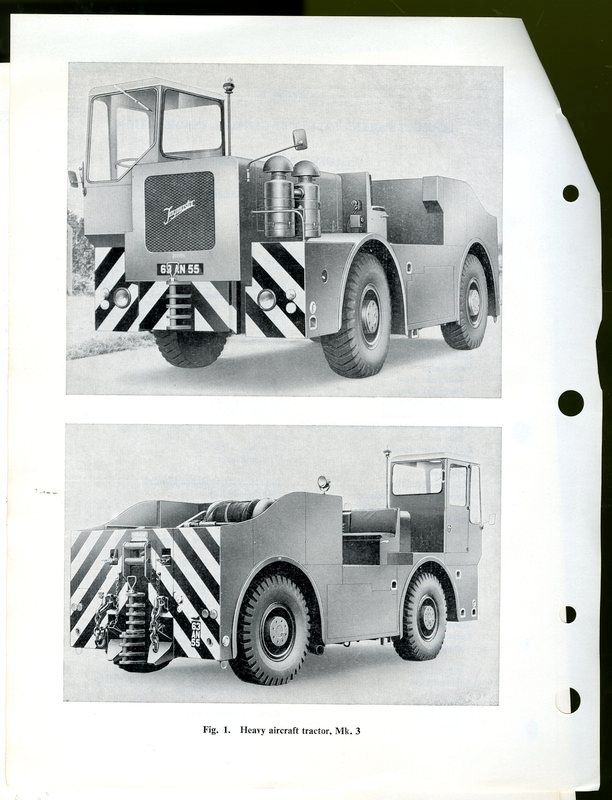


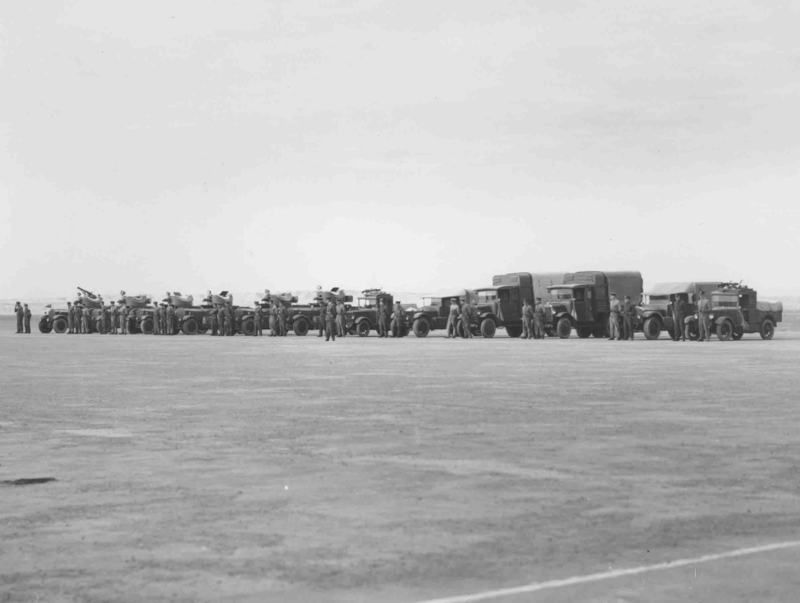
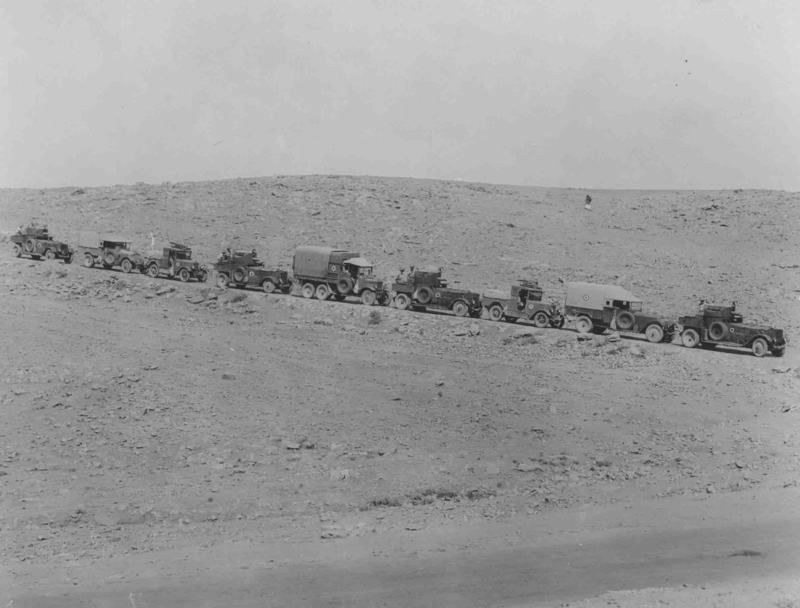

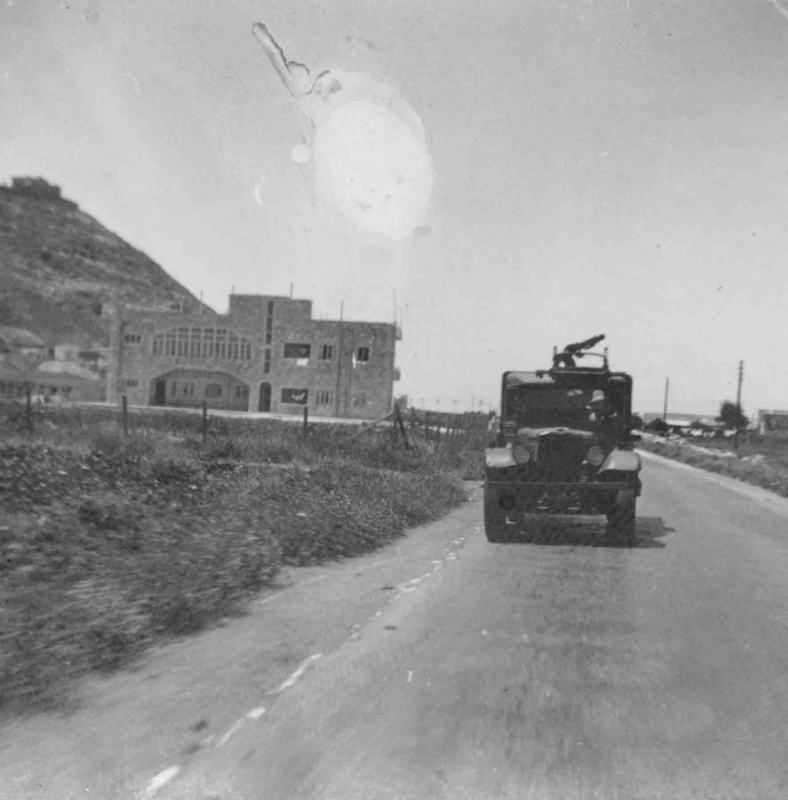

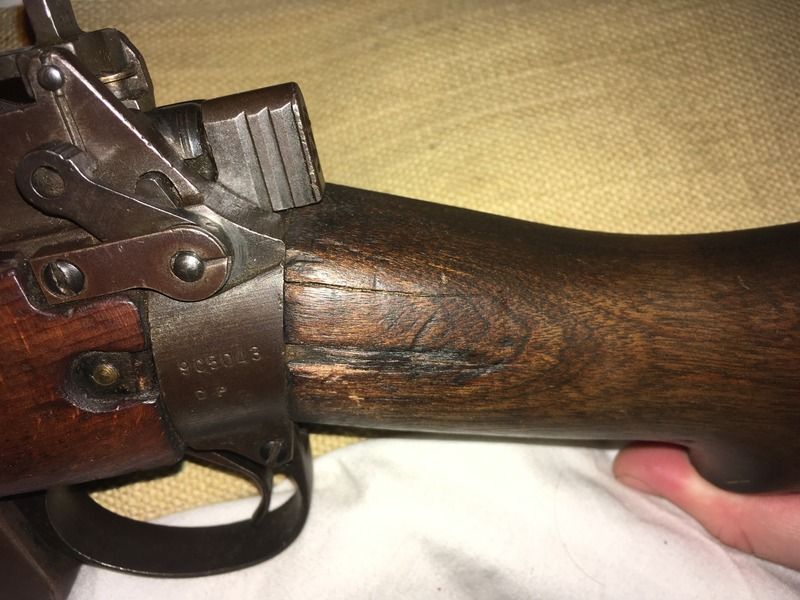
Douglas Tugmaster I.D and history required
in Research Centre
Posted
The "whereabouts of said info" is the spare desk next to mine at work more seriously, the illustrations came from Air Publication 4995A "Douglas Heavy Aircraft Tractor, Mk.3". We can get it copied but it might cost a bit, alternatively your friend can arrange to come to the RAF Museum and photograph the lot himself for £7.20 (plus travel costs!).
more seriously, the illustrations came from Air Publication 4995A "Douglas Heavy Aircraft Tractor, Mk.3". We can get it copied but it might cost a bit, alternatively your friend can arrange to come to the RAF Museum and photograph the lot himself for £7.20 (plus travel costs!).